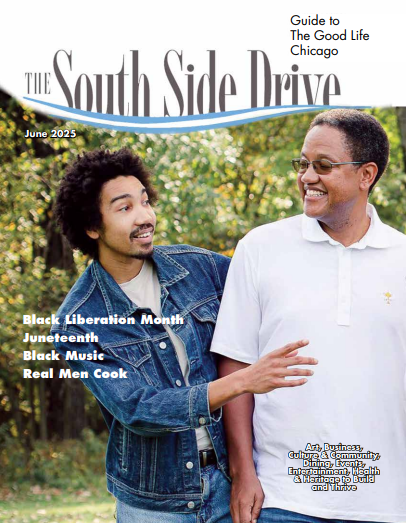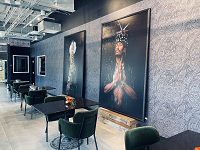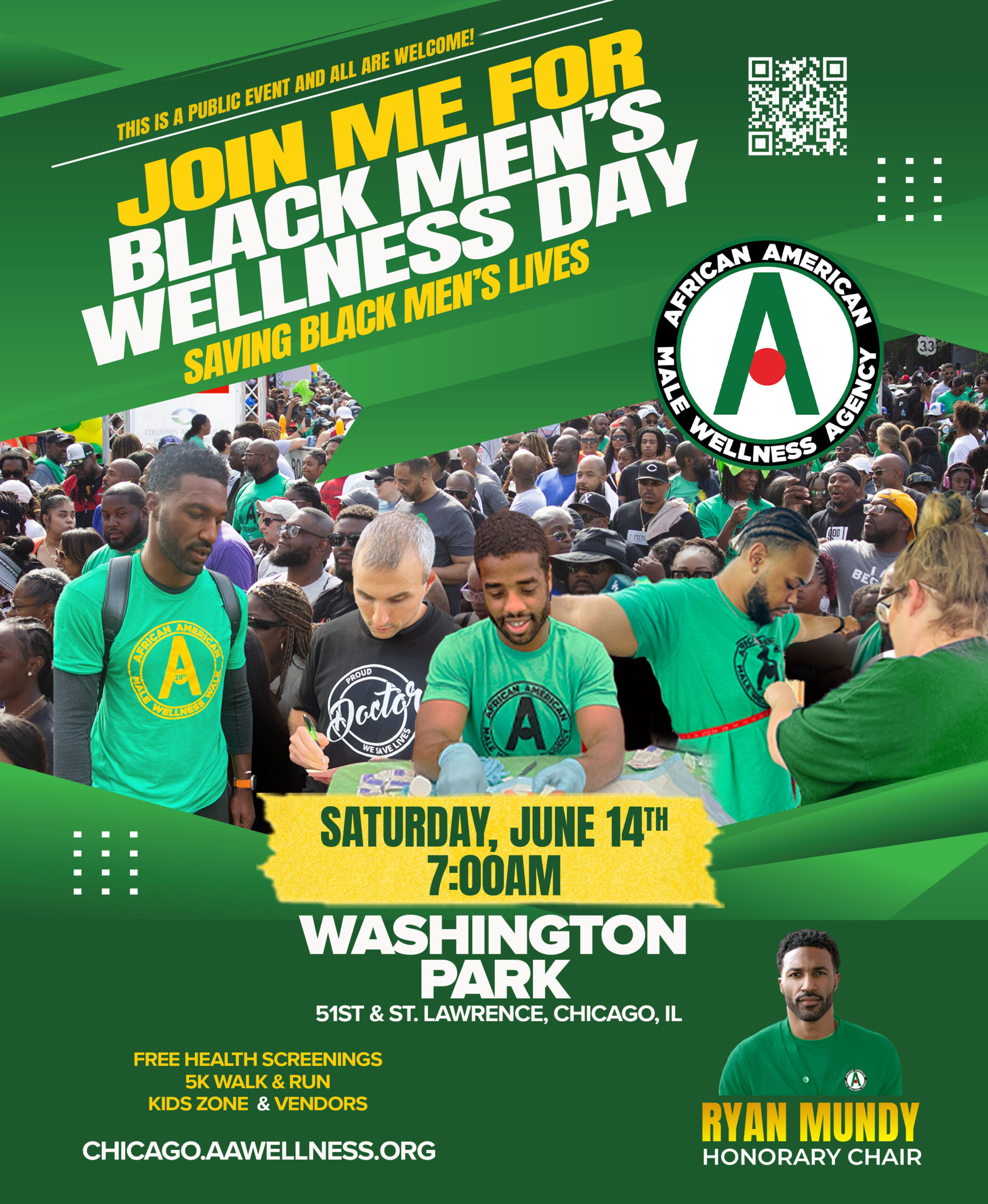The Little Black Pearl workshop, located in the heart of Chicago’s Bronzeville Community, was founded thirty years ago on a “simple yet powerful vision: to empower and uplift the community through the arts.”
I asked Zakeya Cartman, Director of Development of Little Black Pearl, what the name stood for. She stated “In essence, the name “Little Black Pearl” serves as a powerful metaphor for the youth we serve; a community of rare and precious individuals, each with their own unique qualities and potential, coming together to learn, grow and shine bright in the world. Yet, the name is also a deliberate and thoughtful choice that embodies several symbolic meanings.”
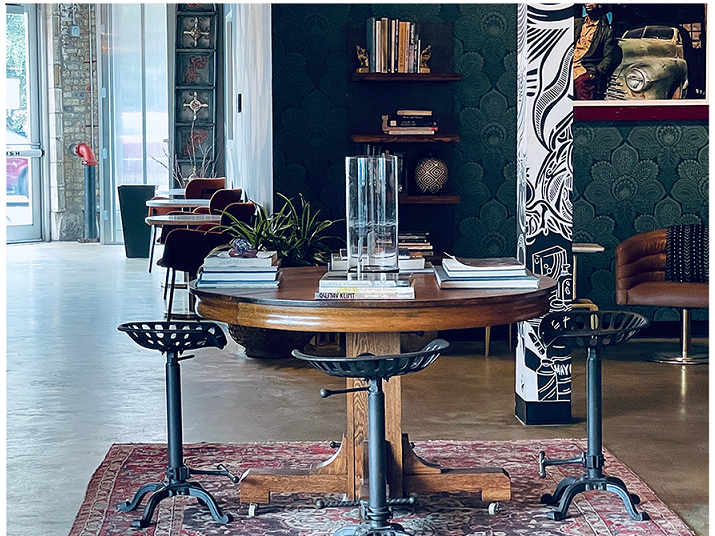
“Black pearls are a rare and exquisite type of pearl,” she continued, “ known for
their unique beauty, their distinctive color and iridescence. This uniqueness can be seen as analogous to the individuality and special qualities of the youth involved with Little Black Pearl. It celebrates culture, individuality and the distinct talents, perspectives and experiences that each young person brings to the community.”
Little Black Pearl continues to create meaningful programs that contribute to the health of the communities they serve. As an example, Zakeya explained that after the pandemic, Little Black Pearl, along with their 15-year partner, the Kellogg Foundation, was trying to figure out how to create a post-pandemic opportunity for the many businesses that had been shut down, and the artists and creative leaders who were displaced from their studios. “We were trying to think of how we could use our greatest asset, which is space, to serve those who were most impacted by the pandemic,” Zakeya explained. Speaking of their space as a great asset is almost an understatement. The beautiful, state-of-the art facility, which is Little Black Pearl, has long been an art and cultural anchor in the community.
“After thinking about it and talking about it, we made the decision to open up our space for some work-force development opportunities, and also some opportunities that would bring a revenue stream into Little Black Pearl,” Zakeya said. And so right in the midst of the end of the pandemic, LBP opened up its public cafe. Carver 47 was a brainchild of Little Black Pearl and the Kellogg Foundation to serve as a racial equity and racial healing initiative in the community.
The name Carver 47, stems from the attributes of George Washington Carver, a philanthropist, a farmer, and an engineer, who was “just utilizing what he thought was important to uplift Black people,” Zakeya explained, “And that’s what we’re doing in Carver 47.”
The construction of the café was completed in 2020 and the café was opened that same year. “As a result of having a public café,” Zakeya tells us, “we were often asked if we offered catering and we do not. But it also offered an opportunity for training creative people in culinary skills and food preparation.” As a result, with funding received from the City of Chicago, the Chase Foundation and the Chicago Community Trust, the Carver Catering and Demonstration Kitchen was constructed. “It is really just an educational platform in the culinary arts,” says Zakeya, “another way of offering workforce opportunities to leaders that need space, training and opportunities for employment afterwards.”
As an extended arm of the Catering and Demonstration Kitchen, they also constructed healing rooms on site, which is how Little Black Pearl’s racial healing and racial equity initiative is being supported. “What we found over the years,” says Zakeya, “is that creative leaders like other marginalized audiences don’t have spaces, or the resources to pour back into themselves. They work extremely hard, which is physically and mentally taxing, but what has not been made a priority for them is their personal care.” She explained that the healing room as well as the Thriving Leader Center is a space to address those needs for artists and creative leaders.
Little Black Pearl’s Thriving Leaders Center (TLC) is a newly launched initiative supported by the Healing Illinois grant, that fosters leadership and innovation within the arts, creative industries, and Racial Healing communities.
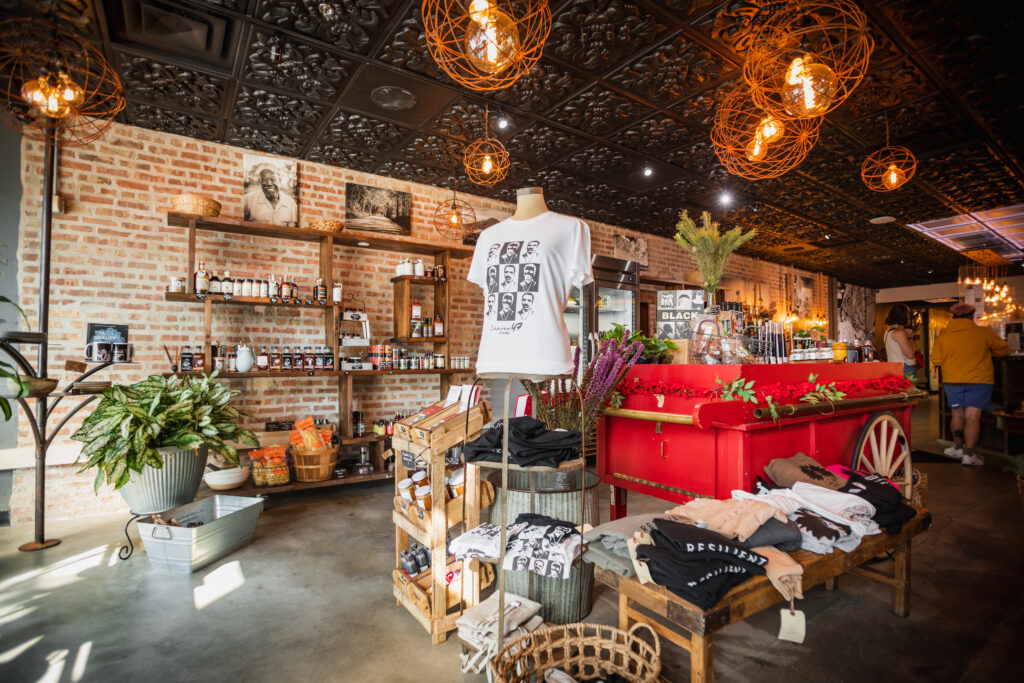
Their objective is to support a cohort of thirty emerging leaders, by providing them with the tools and environment to drive transformative change.
Zakeya Cartman explains that creating access to spaces and racial healing education for creative leaders can have a cascading effect of positive outcomes, benefiting the leaders directly while also positively impacting their community. “It’s a powerful way to address systemic inequalities and promote diversity and inclusion,” she says. The Thriving Leaders Center aims to address racial disparities, promote equity, and empower creative leaders to create positive change in their communities.
Leading the organization’s Racial Healing initiatives is Little Black Pearl’s Executive Director, Monica Haslip. As a Racial Healing Practitioner and Trainer, Monica brings a wealth of experience and knowledge to her work. Through unique racial healing circles and virtual trainings, she has become known not only for her ability to create safe and inclusive spaces for open and honest dialogue, but also for her commitment to empowering individuals and communities to become agents of change in the fight for racial justice.
Little Black Pearl’s Racial Healing partners are the National Collaborative for Health Equity with Dr. Gail Christopher, W. K. Kellogg Foundation, and the University of Arkansas Center on Community Philanthropy, Clinton School of Public Service Racial Healing Certification Program.
The Thriving Leadership Center is brand new, and LBP is looking for leaders from various platforms. “We have a work lounge called B47, and we have a contingency of artists, small business and creative individuals that come to our space on a regular basis looking for a nontraditional workspace, and so we are working with those people who are interested in submitting an application to the Thriving Leadership Center,” Zakeya tells us. She says they will also be seeking applications from clients of their Artist in Residence program, as well as from referrals from virtual hiring resources like Idealist and other places where positions can be posted. After identifying candidates, they will proceed with interviews to determine the best fits.
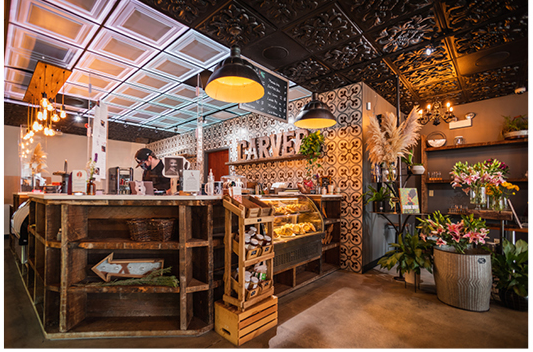
Little Black Pearl has also led food drives to feed the homeless as well as the senior population, and now they are working with Greater Chicago Food Depository which has a program and funding to provide meals for the migrant population that’s now been displaced in Chicago. LBP will also be providing meals for them at a location that has been a part of their hub organization and is just down the street on 47th and Lake Park.
LBP does not have a formal calendar of racial healing initiatives for youth, yet their commitment to restorative justice practices, support systems, Positive Behavior Intervention and support (PBIS) and cultural competency reflects a proactive and compassionate approach to addressing the need for racial healing and creating a safe and nurturing environment for youth to thrive. Zakeya tells us, “We offer a full range of restorative justice practices and support systems, including racial healing circles, coupled with Positive Behavior Intervention and Support (PBIS), instead of traditional disciplinary practices. These initiatives not only promote individual growth and well-being but also contribute to building a more equitable and inclusive society for future generations.”
Sometimes everything shouldn’t be so heavy, Zakeya says. That’s why LBP created “Black Joy Experience,” a paint and sip event with live music that will be offered to the public. “We’re hoping to start it as a series, but this will be the kickoff,” Zakeya tells us.
Kudos to Little Black Pearl for thirty years of contributing pearls of wisdom and spiritual transformation to Chicago’s artistic community and we look forward to the next thirty.
